Invigorating, cool spring air puts a stupid wide grin on my face as I walk down a local city street. I pass mothers trying to keep their children in check, too excited about the weather to sit still, people waiting for the bus to arrive, praying it didn’t come early and an older gentleman out carrying as many bags of groceries as he can fit in two hands. I find myself wondering how far he has to walk to get home, fully knowing my upper body would not be able to handle the amount of bags he is attempting. I suddenly see the insecurity on residents faces. This insecurity feels directed towards me, a young white woman walking through their neighborhood. “What is she doing here?” I worry they think. I’m not here to take over or make this place more ‘white’ and yet, as it appears, is exactly what I have done.
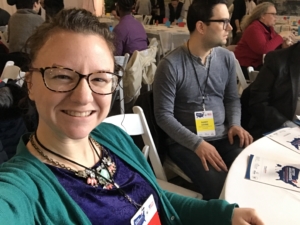
2019 The Better Arguments Project: A Solution Based Listening Session
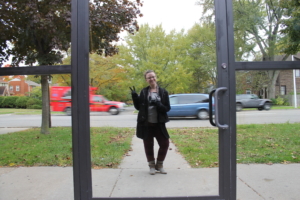
Walking around Mack Ave in Detroit
Gentrification. You hear that word around here and people scowl. It feels dirty…and in many ways, it is. Outsiders come into your neighborhood trying to change it. What do they know about this community? What right do they have to ‘change’ anything? These are all questions that need to be addressed on a community level.
The word gentrification is inherently both good and bad; it is good, but sometimes for bad reasons. Renovating houses and stores in deteriorated areas is necessary, but the problem occurs when longterm community members get displaced due to rising property values.
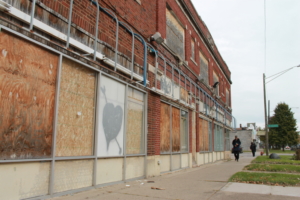
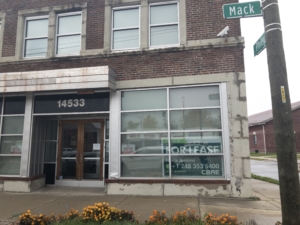
What if gentrification wasn’t a bad word? What if we could use it to heal and grow communities instead of take them over? What if neighbors decided to welcome newcomers? What if newcomers took the time to learn about the history of the neighborhood?
Call it blind optimism, but imagine a neighborhood if we approached it as a continuously growing community. It is important to have longtimers as much as it is to have newcomers in order for any neighborhood to thrive. Real, living, growing, feeling communities do not get built instantaneously; they take time and need to be built on trust and understanding between the members of that community and stakeholders.
Now, how do you really tackle the problems with gentrification in one blog post? Short answer? You don’t…but here are a few key ways we can rethink how the changing of a community could be done in Detroit:
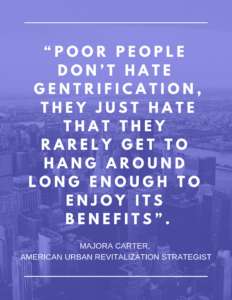
Displacement:
American urban revitalization strategist, Majora Carter once said to Liz Ogbu (Urban spacial architect) poor people don’t hate gentrification, they just hate that they rarely get to hang around long enough to enjoy its benefits”. The cycle of displacement may never be solved completely but we can try to prevent it by offering assistance to residents currently living in these neighborhoods. Maybe this includes financial assistance, but it also could be as simple as educating the public about their financial options. Stakeholders and developers just need to act early to prevent displacement.
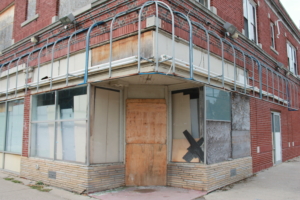
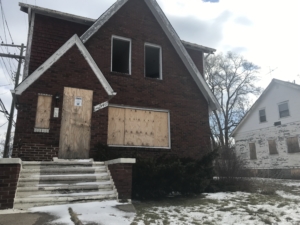
Needs Of The Community:
How would you feel if your neighborhood didn’t have an accessible grocery store? Pretty defeated right? Well, what if you found out a chain grocery store was moving in a few blocks away? Possibly relieved? You may not be angry with this change, even if it is a large corporation because it fills a need you and your community have. Gentrification, like revitalization, needs to come from the “ground up”; it has to involve the people of the neighborhood and work to address their needs. The potential for healing is not lost, it’s simply hiding behind mistrust and broken promises.
(2019 Better Arguments Project)
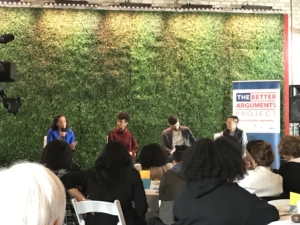
Panel on the different types of resident demographics and how they are perceived to other residents.
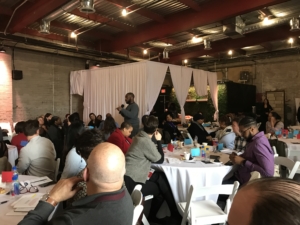
Time spent listening to resident issues and possible solutions
Where To Go From Here?
Protect – Policies, programs, and financial tools are needed to protect current residents.
Produce – More affordable housing options within the neighborhood.
Preserve – Affordable housing currently available through upgrades and regular maintenance.
(Source: https://www.youtube.com/watch?v=V0zAvlmzDFc)
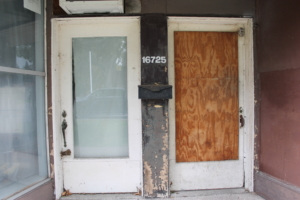
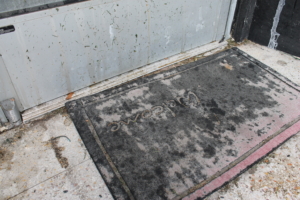
I leave you with this…I can’t imagine the agony people must feel after losing a place that once held their story. This is why newcomers and developers must understand what they are doing by showing up in these spaces and actively work to make the process inclusive.
Want more on gentrification? Read: “What happens after a neighborhood gets gentrified”
